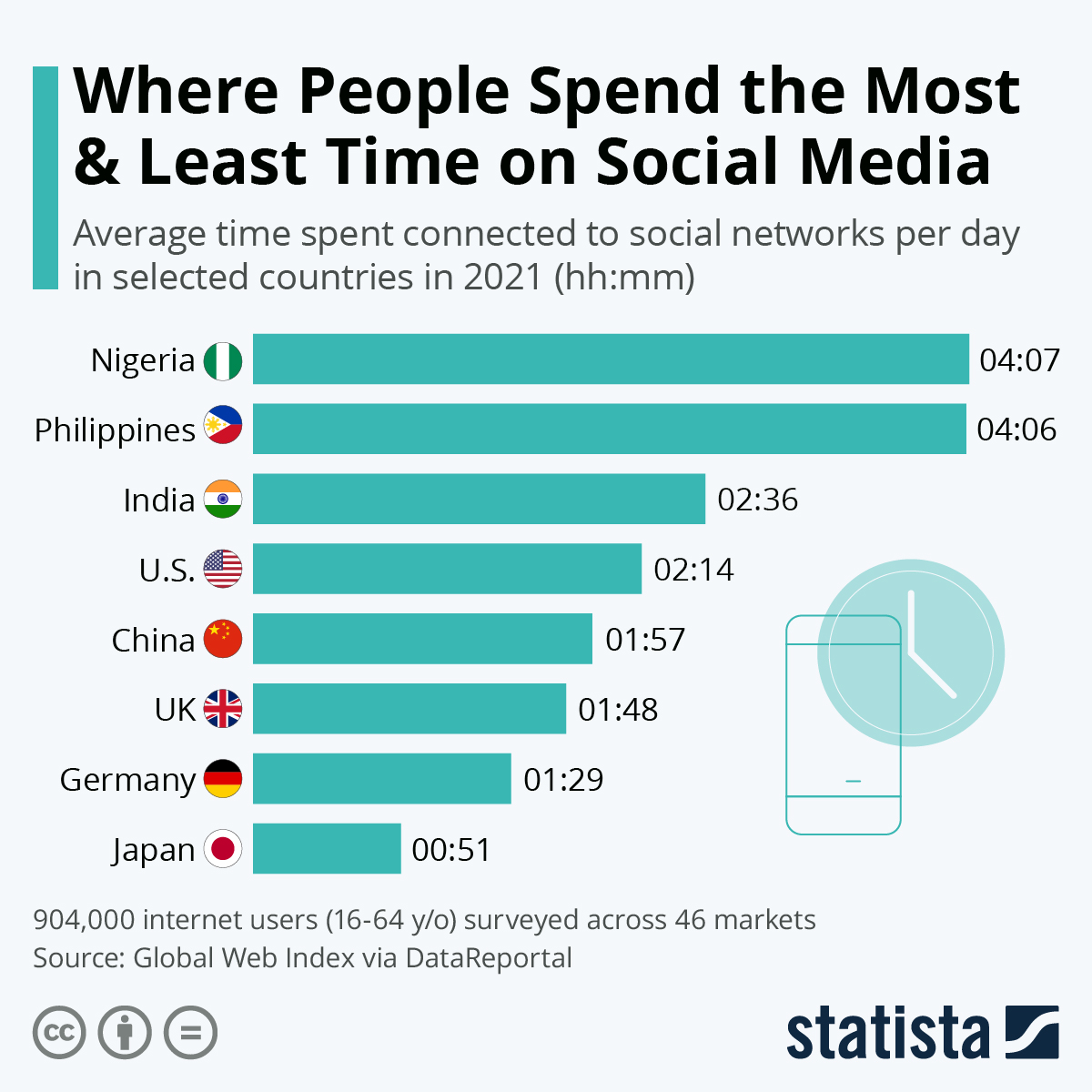
You need to identify which audience your content will appeal, in order to find out where they live. The distribution of content can be done through syndication and editorial communities, as well as paid and organic social networks. Content marketing focuses on identifying specific segments of your audience, such as Millennials, Gen Xers, and Gen Zers. You can target your distribution strategy to maximize your ROI by studying these groups' preferences and habits.
Social media
Social media is a key part of content-marketing. It is important to distribute content on social media. This is a great way to reach new followers and promote a brand, or a campaign. Effective social media marketing requires that you focus on a single message and then channel your efforts in order to get the content to your intended audience. These are some top tips for social media content marketing success:

Organic and paid social networks
You can increase your content's reach by using both organic and paid social networks. Organic social media can take some time to get results, and it requires lots of experimentation and patience to make the best use of. Paid social media campaigns reach a greater audience and are more effective at building brand awareness. These campaigns can also be targeted at specific audiences to push sponsored material to high-value prospects. Organic social media can have its advantages, but paid social media campaigns are crucial to attract qualified traffic and maximize exposure.
Syndication
It's a great way for you to increase visibility and build backlinks. Content syndication makes it possible to adapt and reuse your content in order to reach a larger audience. Below are some of the ways you can use syndication. But first, let's explore what it is and how it can benefit you. Let's talk about the benefits of syndication.
Editorial teams
You know how difficult it is to communicate your message via social media networks if you have ever distributed content there. Social networks such as Twitter and Facebook are great for sharing your content. However, it's important to go beyond the basics in order to be successful. To make sure your content reaches the right audiences, an effective editorial strategy is essential. Although your audience will determine the content you create, there are some basic guidelines that can help you get it out there.

SEO
Marketing automation is the future in SEO content distribution. This method of distribution can be too costly for many SMBs but it is worth exploring. Marketing automation is a great tool to help you plan for the next technological advancement. You will have an edge over your competition if you jump in now. These are the three strategies SEO professionals use in order to ensure their content is widely distributed. The benefits of each method are listed below:
FAQ
What is the point of a content-marketing strategy?
Content marketing does not mean creating high-quality content just for the sake. It's about building relationships, engaging people emotionally, solving problems and helping them to solve their problems. This requires an in-depth understanding of online behavior.
This is exactly the purpose of Content Marketing Strategy. Content Marketing Strategy will help you to understand the psychology of your customers in order to best engage them.
It can also help increase your conversion rate to increase your profit.
But why would you want to invest in a Content Marketing Strategy when plenty of other options are available?
Content Marketing Strategy is far better than any other marketing type.
A well-executed content marketing strategy is the best way for you to sell products or build brand awareness.
Is Content Marketing Strategy right?
If you are clear on what you want, then a Content Marketing Strategy can work for you.
But if you're unsure where to start, here are some questions to ask:
Do I need my business to communicate something particular? Is it better to communicate with a broad audience?
Is it better to generate leads or convert visitors into buyers?
Am I trying to promote one product or multiple products?
Would I be interested in reaching out to people outside of my industry sector?
If the answer is "yes" to any question, then a Content Marketing Strategy is what you are looking for.
What is the difference in content marketing and content creation?
Content marketing refers to the idea that great brands all have the same message. They provide valuable information that people need and want.
Content marketers know how to create the right content for each channel at different times.
They also have the ability to devise a plan for distribution and promotion.
Also, they are strategic about what they do and why they do it.
This is the core skill set needed to be a successful content marketer.
How long should my Content Marketing be effective?
This depends on your goals. Some businesses only want short-term success, while others aim for long-term development. We recommend three months of consistent content generation and then reevaluating the process after that period.
What does content marketing have to offer that is different from traditional advertising.
Traditional advertising focuses on getting attention, while content marketing focuses on providing value. Traditional advertising is often a waste because most people ignore them. Content marketing will result in much higher engagement rates.
What is my ROI for using a Content Marketing Strategy
Businesses that adopt a Content Marketing Strategy experience a 5-10x increase in return on their investment (ROI) than businesses that don’t.
A Content Marketing Strategy is used to generate leads and sell.
It is also intended to give valuable insights into your company. These insights enable you to make better decisions and improve customer service.
Let me tell you how much you can make from your Content Marketing Strategy.
It is possible to easily double your overall income.
Statistics
- Out of the 1,500 marketers we surveyed for our State of Content Marketing report, 78% who felt their content marketing strategy was exceptionally effective in 2021 had documented their strategy. (semrush.com)
- In fact, would pay more for a better customer experience, and 86% of B2B buyers would pay more. (neilpatel.com)
- Seventy-two percent business to business (B2B) (mailchimp.com)
- This marketing strategy landed Ford a 15.4% conversion rate. (neilpatel.com)
- Content marketing produces 3X more leads per dollar spent. Content marketing costs 62% less than traditional marketing. (criteo.com)
- An example of an overarching goal could be: "In 2022, we want to achieve a 20% increase in revenue created by organic content and generate 15,000 MQLs with a budget of $30,000." (semrush.com)
- We found that 40% of businesses don't have a documented strategy yet. (semrush.com)
- Forty-seven percent of buyers view 3 to 5 pieces of content before engaging with a sales representative. (mailchimp.com)
External Links
How To
What are some of the best content marketing tools?
There is no one platform that works across all industries. However, most industries will have at least one preferred tool. Hubspot, for example, has been shown to increase conversion rates by nearly 50%. This is why it is so popular among marketers.
Not all tools are created equally. Some tools allow you to track more data, while others facilitate collaboration between different teams. Others have A/B testing capabilities that could help increase your content marketing ROI.
Before you make a choice about which platform to use, consider these: What are its pros and cons? Is it going to meet my needs right now? What about 2 years from now?
Entrepreneur Magazine has identified the top five content marketing platforms.
Marketo Content Studio #1 Content Marketing Platform
Marketo, a software company that provides enterprise social media management software, is available. It provides a variety of products and services including CRM software, social media publishing tools, and analytics dashboards.
They also offer a content Studio that allows businesses access to a range of pre-made templates as well as graphics that can easily be customized.
This means that you don’t need to spend hours writing content or designing graphics. Instead, you can instead focus on creating compelling content that speaks directly and effectively to your target audience.
Marketo makes it easy to include images and videos in your blog posts. This makes them more visually appealing and improves engagement with readers.
Marketo is the only way to edit your video and image files.
Content Marketing Platform#2: Trello
Trello works in the same way as Kanban boards when it comes to project management. They both feature lists of tasks on which users can assign and monitor progress.
Trello allows you to set up individual boards for each team member and give them specific responsibilities. It allows you to share information among workers in a simple workflow.
Trello isn't dependent on any special software, unlike Kanban boards. Trello can be used on almost any device.
Trello is a great way to invite people and collaborate on projects without having access to sensitive data.
This allows you to create a private forum and only reveal the necessary details to others who need them to complete a task.
Content Marketing Platform 3: Google Suite
Google offers a range of products tailored to business owners. Google Docs is a Google Suite that includes Sheets, Slides and Slides.
It is important to remember that these applications can't be free. You'll need to pay per user. But if you plan to use them for multiple purposes, many plans start at $5 per month.
Two licenses are required to be able to create and embed links from other websites.
You can create one document for free if you only need it.
Google tools have the advantage of being compatible with Gmail and other applications. Google tools integrate well with other apps such as Gmail, so you can send links to documents by email and store data efficiently in Google Drive.
Content Marketing Platform 4: Hubspot
HubSpot is an extremely popular web-based marketing tool, which offers a variety of functionality.
Its platform lets users manage various aspects of websites, landing pages, or blogs. For instance, they can create automated emails and track conversions.
HubSpot is also compatible with Salesforce and WordPress. This means you can connect all three platforms.
One of the most valuable features of HubSpot is that it integrates with over 200 different third-party apps. This allows you to automate processes and create reports based upon real-time data.
Although HubSpot will not allow you to publish content, you are able export it into many formats such as HTML or PDF.
HubSpot has a free version that allows you to test pricing. HubSpot offers a free trial version. However, you can upgrade to a paid account to gain unlimited access.
HubSpot offers a variety of solutions, including a blog platform and an eCommerce solution.